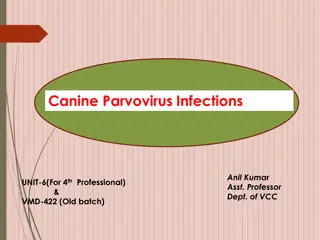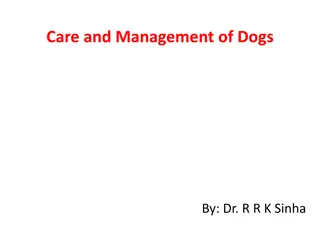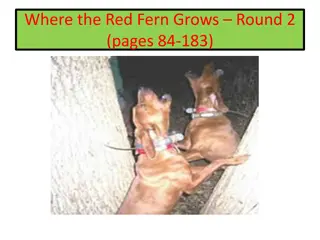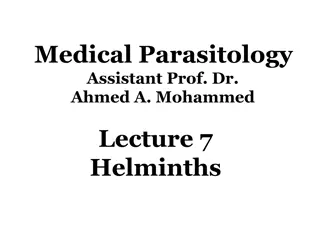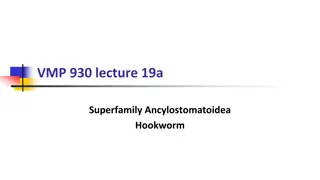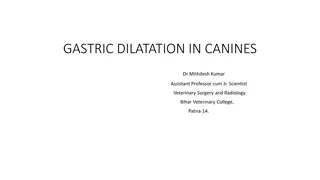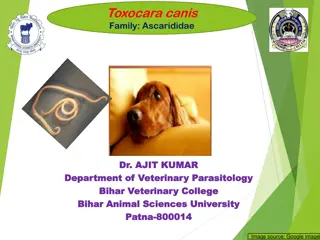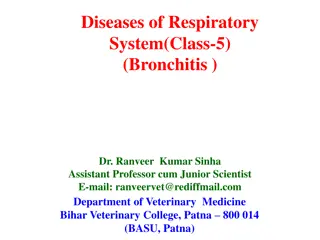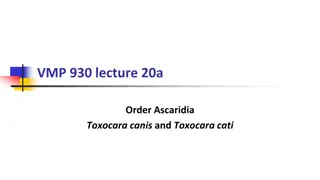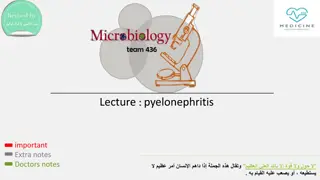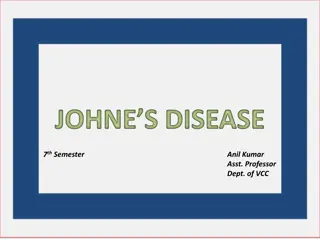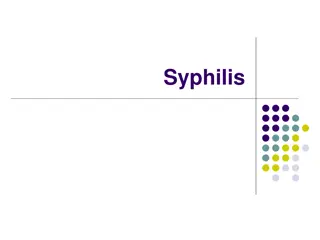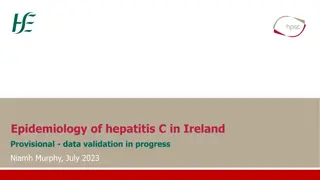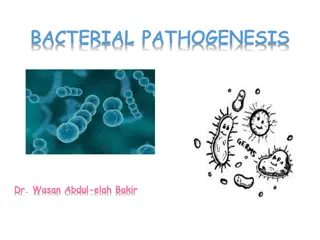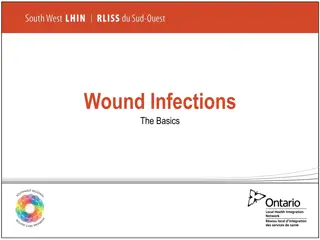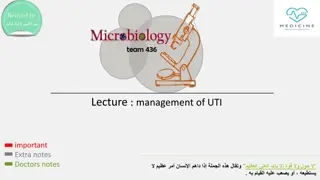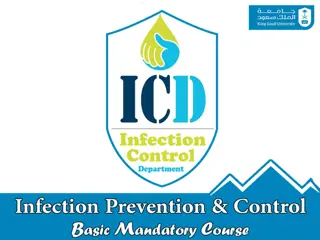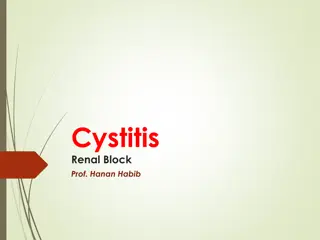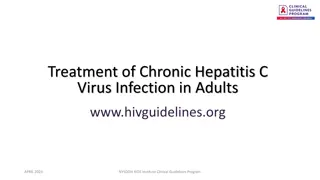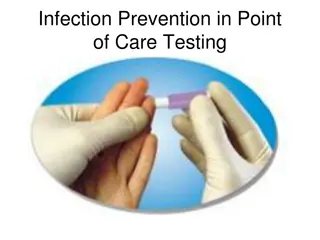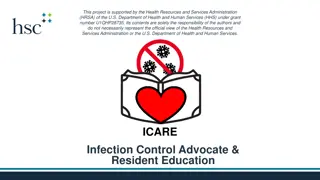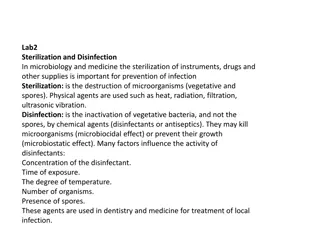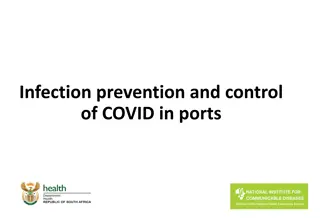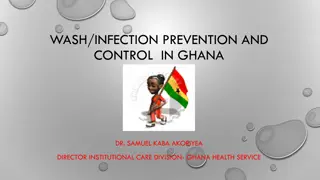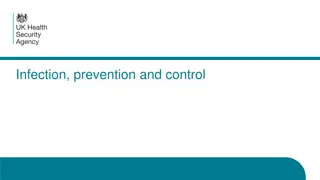Understanding Heartworm Infection in Dogs
Heartworm infection in dogs is caused by infective larvae that mature into adult worms, leading to potential complications such as pulmonary arterial wall thickening and increased right heart pressure. Clinical signs may include tiredness, shortness of breath, and weight loss. Diagnosis involves antigenemia and microfilaria testing, with treatment protocols focusing on maintaining the dog's activity level. Regular screening and proactive measures are essential for managing this potentially fatal disease in dogs.
Download Presentation

Please find below an Image/Link to download the presentation.
The content on the website is provided AS IS for your information and personal use only. It may not be sold, licensed, or shared on other websites without obtaining consent from the author. Download presentation by click this link. If you encounter any issues during the download, it is possible that the publisher has removed the file from their server.
E N D
Presentation Transcript
Heartworm Infection in Dogs 75 out of 100 infective larvae become adult worms in 100% of experimentally infected dogs. 80% of dogs become microfilaremic Patent infections in 7 to 9 months after infection Worms live 6 to 8 years
Pathological lesions Response to adult worms: pulmonary arterial wall with intimal/endothelial cell proliferation causes thickening Chronic disease: shortening and thickening of pulmonary arteries, thromboembolitic disease Increased right heart pressure and hypertrophy Thromboembolitic pathology associated with adulticide therapy was reduced by pretreatment with ivermectin and doxycycline Distinct correlation between activity level of the dog and severity of disease
Clinical Signs Most infections are asymptomatic Easily tired, shortness of breath, weight loss, heart murmur Depend on yearly screening with antigenemia test
Diagnosis No justification for testing a dog for antigenemia or microfilariae before it is 7 months old Antigenemia tests are 100% specific and dependent on sexually mature adult female worms Blocking antibodies may mask antigen from detection by antigenemia test Do both antigenemia test and microfilaria test Use modified Knott test to detect microfilariae when low numbers
Diagnosis Confirm positive antigenemia test by: a) microfilaremia test or b) another brand of antigenemia test Microfilaria tests should be done on all dogs to: a) alert for adverse reaction to starting preventative therapy in high microfilaremia dogs b) to identify patient as reservoir of infection
Adulticide Treatment Most important: high activity level of the dog during treatment, and for 6 to 8 weeks after the last melarsomine injection is one of the most significant factors contributing to post-adulticidal complications. 2018 Canine Heartworm Guidelines No test available to determine the number of adult heartworms Radiographic evidence of pulmonary arterial obstruction is the best indicator of potential complications
Treatment Protocol 60 days before single dose melarsomine start on monthly preventative and begin doxycycline for 4 weeks 30 days before: give monthly preventative 0 days before: give monthly preventative and give single melarsomine injection. STRICT CAGE RESTRICTION 30 days after first melarsomine injection give monthly preventative and the second melarsomine injection 31 days after first melarsomine give third melarsomine infection. RESTRICT EXERCISE FOR 6 to 8 weeks
Treatment Follow-up 60 days after the first melarsomine injection test for microfilariae and treat with microfilaricide (moxidectin) if necessary 300 days after first melarsomine do antigen test . If positive re-treat with doxycycline and 2 doses of melarsomine
Prevention Macrocyclic lactone drugs are the only approved drugs for prevention ivermectin and milbemycin oral moxidectin and selemectin topical moxidectin slow-release subcutaneous injection Prophylaxis drugs target the infective larva in the skin and the migrating fourth stage larva Newly recommended is the addition of topical monthly repellant and ectoparasiticide. Example: DPP Vectra 3D


